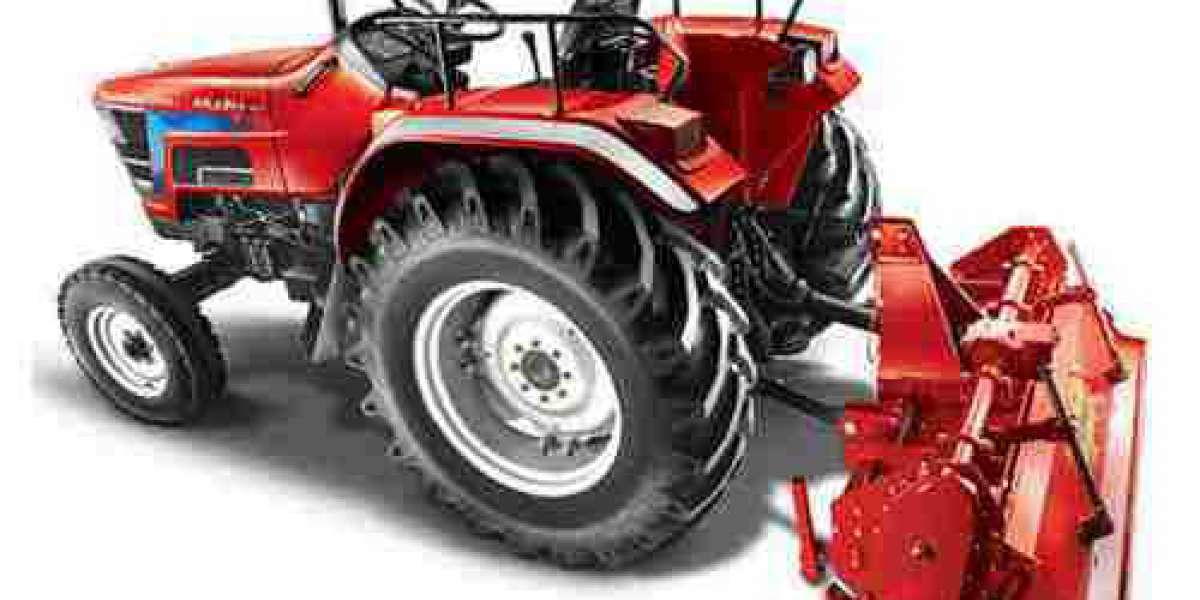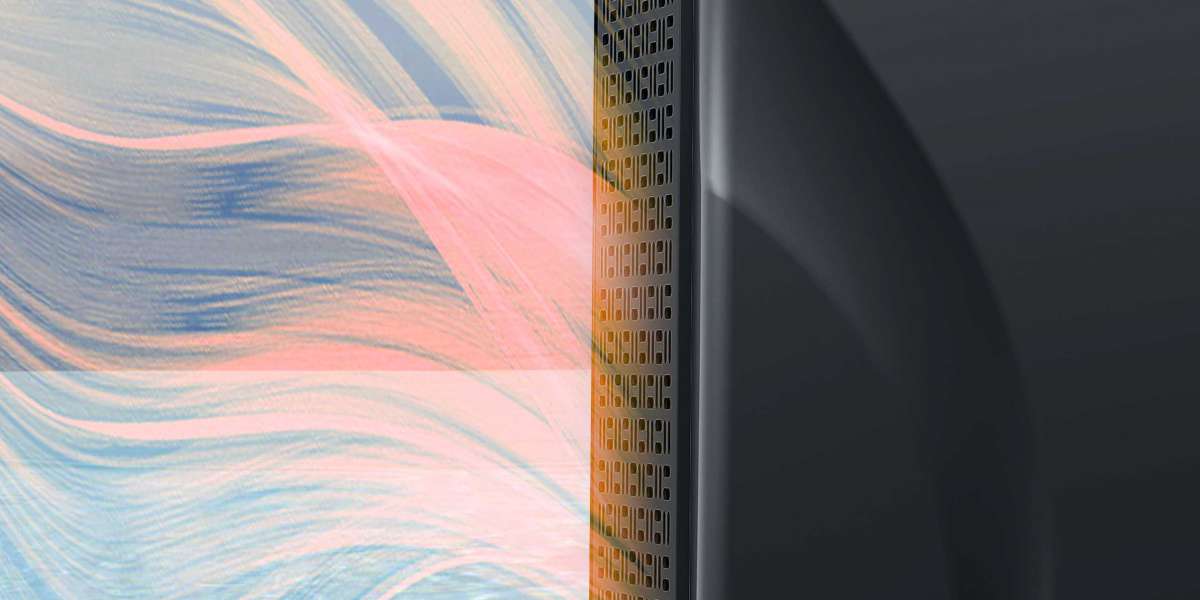The multipurpose agricultural tool known as a rotavator, often referred to as a rotary tiller or power tiller, is used to prepare the soil for planting crops. It is designed to loosen the soil and break it up, preparing a seedbed for the process of seeds or seedlings. The rotating blades or tines of the rotavator efficiently mix and crush the soil. It is used as an accessory to the tractor.
The primary function of a rotavator is to till the soil, which involves breaking up compacted soil, incorporating organic matter, and eliminating weeds and crop residues. The rotating blades of the rotavator dig into the soil, loosening it and turning it over, effectively aerating and mixing the top layer. This process not only creates a suitable seedbed but also improves soil structure, water infiltration, and nutrient distribution.
Parts of Rotavator
The parts of a rotavator (rotary tiller) can vary depending on the specific model and manufacturer. However, here are some common parts typically found in a rotavator:
- Frame: The main structure of the rotavator that provides support and stability.
- Gearbox: The gearbox transmits power from the tractor's power take-off (PTO) to the blades of the rotavator.
- Blades: The blades are attached to the rotor shaft and are responsible for tilling the soil. They could have many arrangements and shapes.
- Rotor Shaft: The rotor shaft is connected to the gearbox and rotates the blades to till the soil.
- Side Plates: Side plates provide additional support to the rotavator and protect the internal components.
- PTO Shaft: The power take-off (PTO) shaft connects the rotavator to the tractor's PTO, transferring power to the rotavator's gearbox.
- Bearings: Bearings are used to support the rotating components of the rotavator, such as the rotor shaft and blades.
- Depth Control Wheel: This wheel allows the operator to adjust the depth at which the rotavator tills the soil.
- Skids: Skids are adjustable plates or wheels located at the rear of the rotavator that controls the depth and levelling of the machine.
- Chain or Belt Drive: Some rotavators use a chain or belt drive system to transmit power from the gearbox to the rotor shaft and blades.
- Guard: Guards are protective covers placed over the rotating components to prevent debris from flying out during operation.
- Linkage: The linkage connects the rotavator to the three-point hitch of the tractor, allowing for easy attachment and detachment.
It's important to note that the specific design and configuration of parts may vary between different rotavator models.
Popular Rotavator used in India
- Mahindra Rotary Tiller ZLX H 165
- Indo Farm Rotary Tiller IFRT-175
- Shaktiman Regular Light Rotavator
- Fieldking Regular Multi Rotavator
- Mahindra Gyrovator ZLX 145
- New Holland Rotavators
- Sonalika Multi-Speed Series
Conclusion
A rotavator, commonly referred to as a rotary tiller or a power tiller, is an essential agricultural Implements used for soil preparation. It completely mixes and breaks up the soil with its rotating blades or tines, resulting in the perfect seedbed for sowing. The rotavator has developed into a useful tool for farmers thanks to its capacity to reduce labor and time requirements, enhancing crop output and promoting sustainable agricultural practices.








